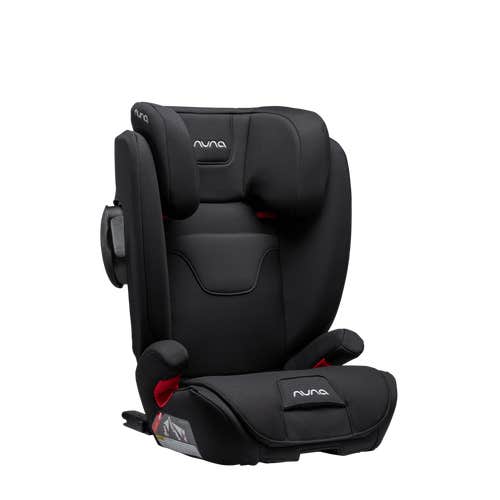
The state of Louisiana legally requires children under the age of 9 years old and under 4’9” tall to be secured in a booster seat (or car seat).
Children under four years old must be secured in a forward-facing car seat with a separate harness system.
But once a child reaches 4 years old, the child may be transitioned to a booster seat as soon as they reach the height or weight limit on their forward-facing car seat.
Contents show
Children must ride in a booster seat (or car seat) in Louisiana until they reach ONE of the following requirements:
No child in Louisiana should be secured in a booster seat before age 4, and law requires they remain in a front-facing car seat as long as possible, until they reach the height or weight-limit on their forward-facing seat.
The Louisiana Highway Safety Commission keeps a running list of child seat Fitting Stations in the state’s parishes.
To view the Fitting Station Cards by region, see Child Passenger Safety.
According to the CDC, “booster seat use reduces the risk for serious injury by 45% for children age 4-8, when compared with seat belt use alone.”
A child can use a booster seat when she outgrows her forward-facing car seat with a harness.
Though the laws on front-facing car seats and booster seats differ by state, for safety’s sake your child should stay in a front-facing (harnessed) child seat until he reaches the maximum height or weight on the seat.
The minimum safe height for use of a regular seat belt without a booster seat is 4’9”.
Due to this, it is recommended your child ride in a booster seat until they are at least 4’9” tall, regardless of their age.
Not all state laws support this.
Many states have minimum ages at which children may transition to regular seatbelts, no matter how tall they are.
But if you want your child to be the safest they can be on the road, you should keep them in a booster seat until they reach 4’9”.
Different booster seats have different weight limits, typically 100-120 pounds.
But weight isn’t the main determiner of when a child should move from a booster seat to a seat belt.
Height is more important to a seat belt’s fit.
That said, your child should never ride in a booster seat once they exceed the weight limit.
The seats are designed to be safe only for those under the maximum weight.
So, if your child has outgrown the weight limit on their booster, upgrade them to a booster with a higher weight limit or make the transition to a regular seatbelt.
The best booster seat is the one that will do the most effective job of keeping your child safe in the event of an accident.
According to Consumer Reports, the top-performing booster seats on the market (as of February 2023) are:
Nuna AACE

Graco Turbobooster Grow

Peg Perego Viaggio Shuttle Plus 120

But you don’t have to buy a separate booster seat if you have a convertible car seat.
For convertible toddler-booster seats and all-in-one car seats with booster functionality, see our car seat buying guide Which Car Seat To Buy: Making Sure Your Little Ones Stay Safe On The Road.
The very first child seats for cars were more booster seats than car seats.
They were literally designed to “boost” children up so they could see better (and so parents could see them), but they had no built-in safety features.
Booster seats as we know them today, with their focus on transitional safety between car seats and seatbelts, have only been around since the late-1990s to early 2000s when laws requiring them started being implemented.
Booster seats are not mandatory in all states.
Some states have younger minimum ages and no height requirements for transitioning children from child seats to seatbelts.
In those states, children can typically move directly from forward-facing car seats to regular seatbelts.
As for the states that do have mandatory booster laws, the first laws (Tennessee and South Carolina) went into effect in 2001.
Car seats are designed to protect the smallest of children, while seatbelts are only safe for children over a certain height (4’9”).
Booster seats bridge the gap between the two.
While booster seats are not legally required in Louisiana if your child is over 9 years old, for safety’s sake we recommend ignoring the minimum age requirement and keeping your kid in a booster until they reach 4’9”.
Prior to that, follow Louisiana’s laws regarding car seats.
For more on Louisiana’s car seat laws, see Louisiana Car Seat Laws.
And for more on child passenger safety in Louisiana, see Louisiana Front Seat Law.